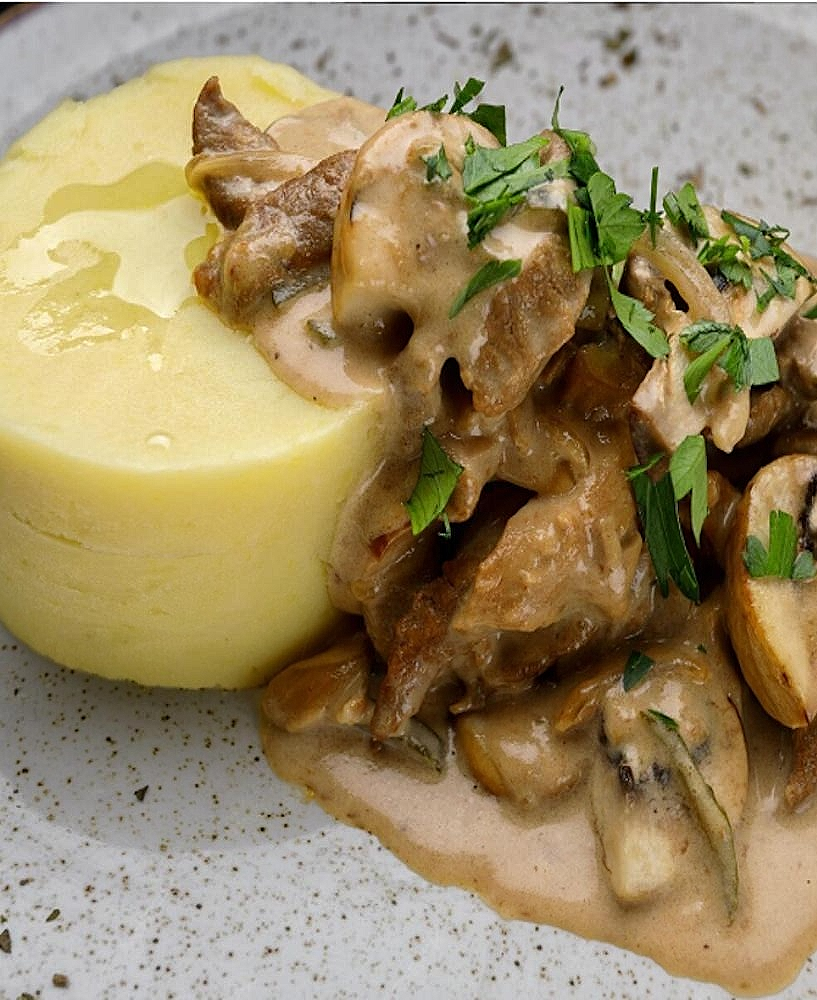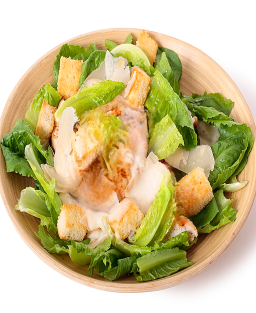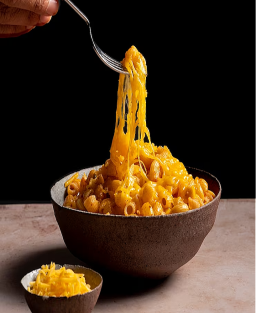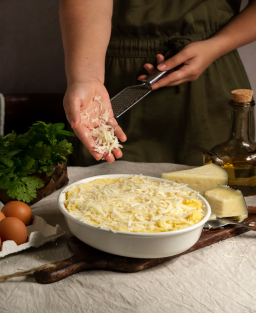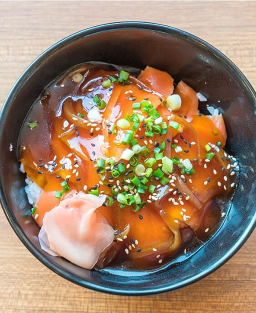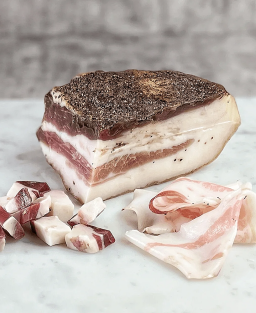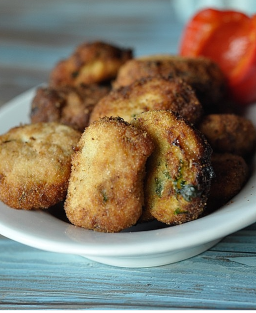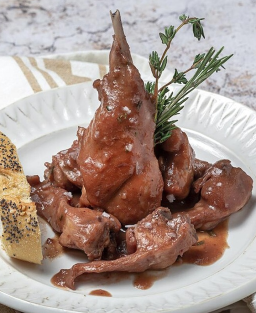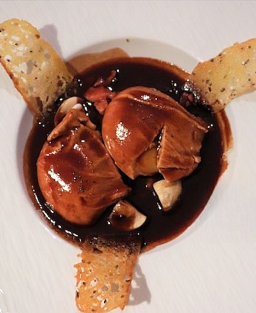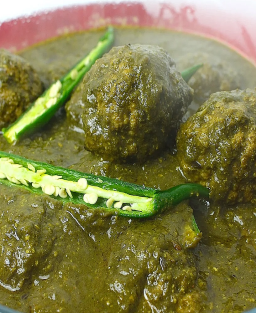- Out-of-Stock
Beef Stroganoff: Detailed Recipe with History, Techniques, Culinary Tips, and Refined Regional Variations
History, Origin, and Spread
Beef Stroganoff is an iconic dish in Russian cuisine, originating in the 19th century in St. Petersburg. It takes its name from the noble Stroganov family, renowned for its wealth, influence in commerce and politics, as well as its role as patrons of the arts and gastronomy. While some sources attribute the creation of the dish to a French chef named André Dupont, this claim is not documented, and no reliable historical sources allow us to pinpoint the exact creator of the recipe. It is generally accepted that a cook in the service of the Stroganov family developed this dish for aristocratic receptions, aiming to impress guests with a refined and sophisticated dish.
Beef Stroganoff perfectly illustrates the fusion between French culinary techniques, which were very influential in 19th-century Russian courts, and local ingredients like mushrooms and sour cream (smetana). The traditional recipe is based on thin slices of tender beef, quick cooking, and a creamy, slightly tangy sauce, offering a subtle balance between delicacy and richness of flavor.
The dish is known under several spellings, which often causes confusion:
-
Stroganov: The transcription closest to the original Russian "Строганов".
-
Stroganoff: Western spelling, common in cookbooks and restaurants in Europe and North America.
-
Strogonoff: A common variant in Brazil and some South American countries.
In Russian, the official name is "Говядина по-строгановски" (Govyadina po-Stroganovski), which literally means "beef in the Stroganov style". This variety of names reflects the international spread of the dish and regional adaptations while maintaining its core principles: tender meat, creamy sauce with sour cream, and a harmonious balance of flavors.
Stroganoff quickly became popular across Russia before spreading to Europe and North America, giving rise to many regional variations. Some versions enrich the sauce with wine, cognac, or a splash of lemon juice, while others replace the mushrooms with local varieties or serve the dish with pasta instead of rice. Despite these adaptations, the foundation of Stroganoff remains unchanged: tender slices of beef, a creamy sauce, and a subtle balance of aromas.
Today, Beef Stroganoff remains a symbol of 19th-century Russian aristocratic gastronomy and an exemplary fusion of French techniques with local ingredients, offering a refined culinary experience that has transcended centuries and continues to charm lovers of traditional and sophisticated cuisine.
Ingredients for 4 People
-
Meat: 500 g of beef fillet or rump steak, cut into thin slices (3–4 mm)
-
Vegetables: 1 large onion (120 g), finely chopped; 200 g of fresh mushrooms (Paris mushrooms, chanterelles, or porcini), sliced
-
Fats: 2 tablespoons of unsalted butter (25 g), 1 tablespoon of neutral oil (sunflower or canola)
-
Thickener: 2 tablespoons of sifted flour (20 g)
-
Liquids: 200 ml of homemade hot beef broth
-
Seasonings: 1 tablespoon of Dijon mustard, ½ teaspoon of sweet paprika (optional), fine salt, and freshly ground black pepper
-
Finish: 150 ml of sour cream (smetana)
-
Garnish: Fresh chopped flat-leaf parsley
Step-by-Step Preparation
1. Prepare the Meat
-
Choose a tender cut: fillet or rump steak.
-
Remove any visible membrane or fat.
-
Cut the meat against the grain into regular slices of 3 to 4 mm to ensure quick cooking and tender texture.
-
Season lightly with salt and pepper. Let it rest at room temperature for 10 minutes before cooking to avoid thermal shock in the pan.
2. Sear the Meat
-
Heat the oil and 1 tablespoon of butter in a large skillet or heavy-bottomed pan.
-
Make sure the fat is hot but not smoking.
-
Sear the beef slices over high heat for 1 to 2 minutes. The meat should just brown, without cooking completely.
-
Remove the slices and set them aside on a warm plate, as they will finish cooking in the sauce.
3. Cook the Vegetables
-
Add the remaining butter to the pan.
-
Sauté the finely chopped onion over medium heat until translucent (about 3–4 minutes).
-
Add the sliced mushrooms and cook for 5 to 6 minutes until the mushrooms release all their water and take on a light golden color.
-
Season lightly to enhance the flavors.
4. Prepare the Sauce
-
Sprinkle the flour over the vegetables and stir to form a light roux.
-
Cook for 1 to 2 minutes to remove the raw flour taste, stirring constantly.
-
Gradually pour in the hot beef broth, stirring constantly to prevent lumps.
-
Stir in the mustard and paprika for color and aroma.
-
Adjust the seasoning with salt and pepper.
-
Let it simmer for 5 minutes on low heat until it thickens slightly. The sauce should coat the back of a spoon.
5. Finish the Recipe
-
Return the beef slices to the sauce.
-
Add the sour cream (smetana) and stir gently to make a smooth sauce.
-
Heat for 2 to 3 minutes over low heat without boiling to avoid curdling the cream.
-
Check the seasoning and adjust if necessary.
6. Serving
-
Serve immediately, garnished with fresh chopped parsley.
-
Traditionally accompanied by white rice, fine tagliatelle, or steamed potatoes.
-
For a more gourmet presentation, serve the meat evenly coated with sauce and arrange the mushrooms artfully.
Tips and Tricks
-
Use fresh mushrooms for an authentic taste; rehydrated dried mushrooms can offer a more intense flavor.
-
For extra tender beef, avoid overcooking the meat and slice it against the grain.
-
Sour cream is essential for the Russian authenticity. Thick, slightly tangy fresh cream can be an acceptable substitute.
-
To enrich the sauce's aroma, flambé the meat with cognac before removing it from the pan.
-
Let the dish rest for 3 to 5 minutes before serving to allow the sauce to thicken slightly and the flavors to meld.
Regional Variations
-
Traditional Russian: Sometimes a little chopped pickle or a few drops of lemon juice are added for a touch of acidity.
-
French (19th century): Addition of white wine or cognac to enrich the sauce.
-
North American (20th century): Adaptation with canned mushrooms and pasteurized cream, sometimes served over pasta instead of rice.











